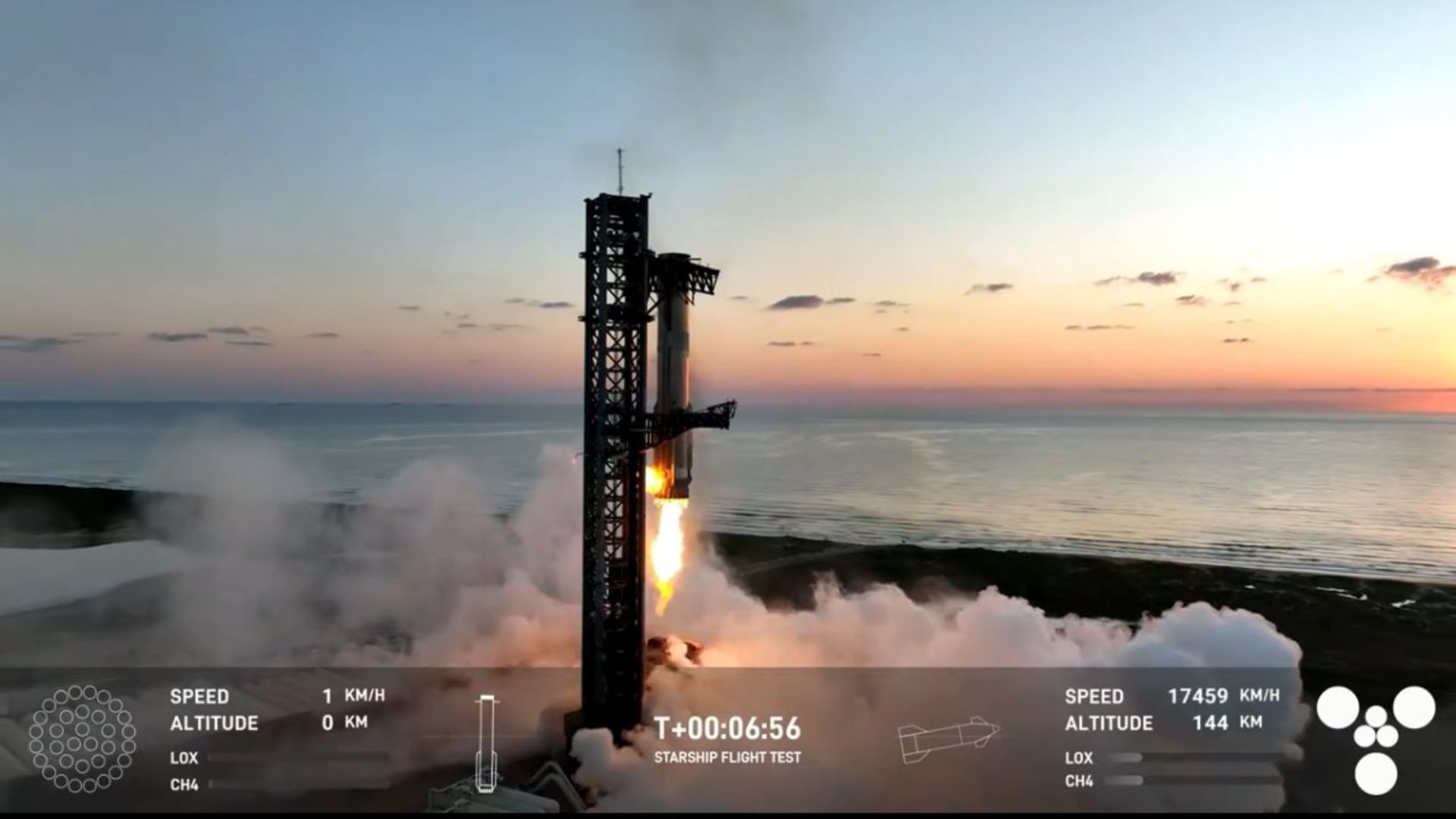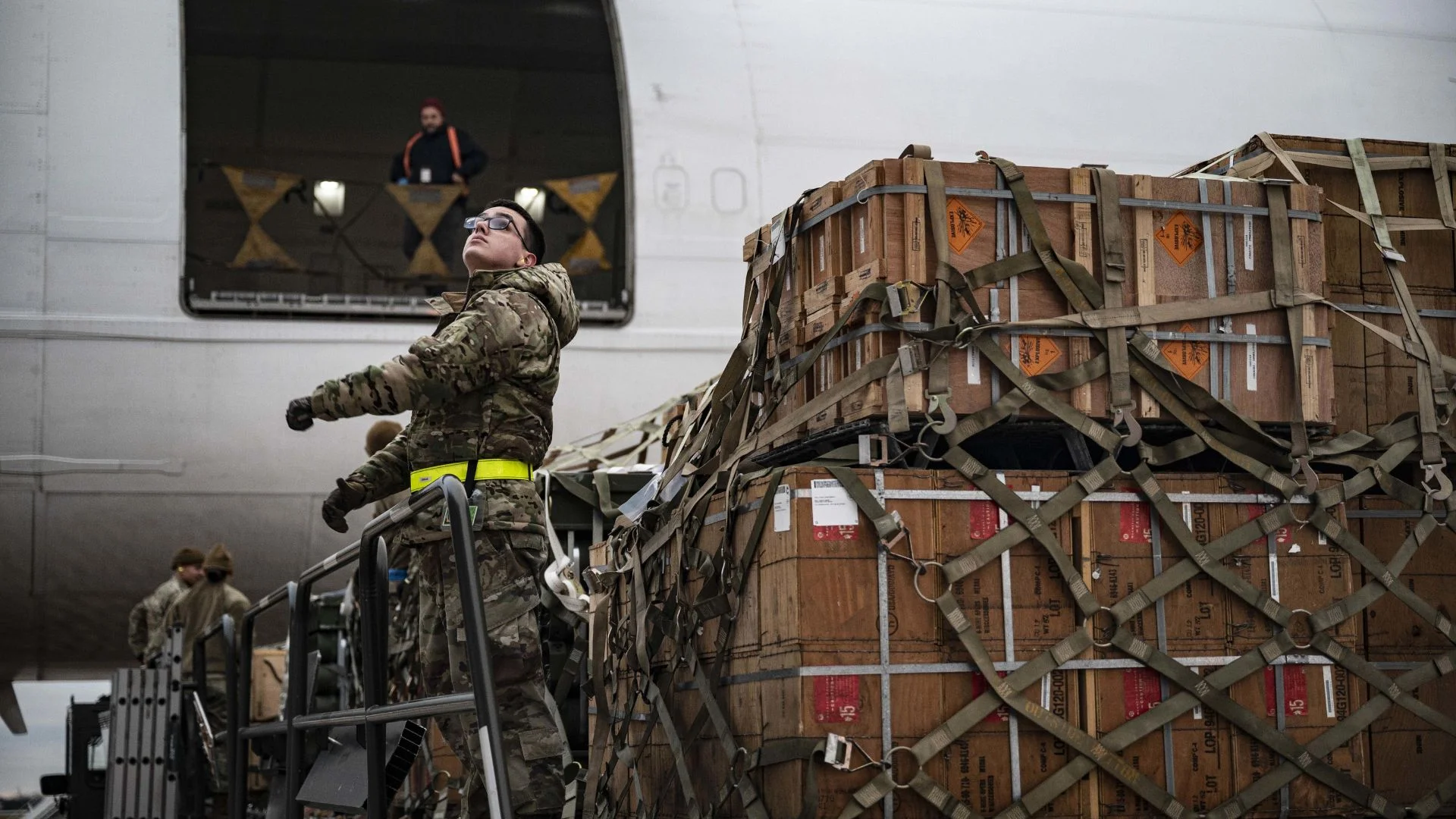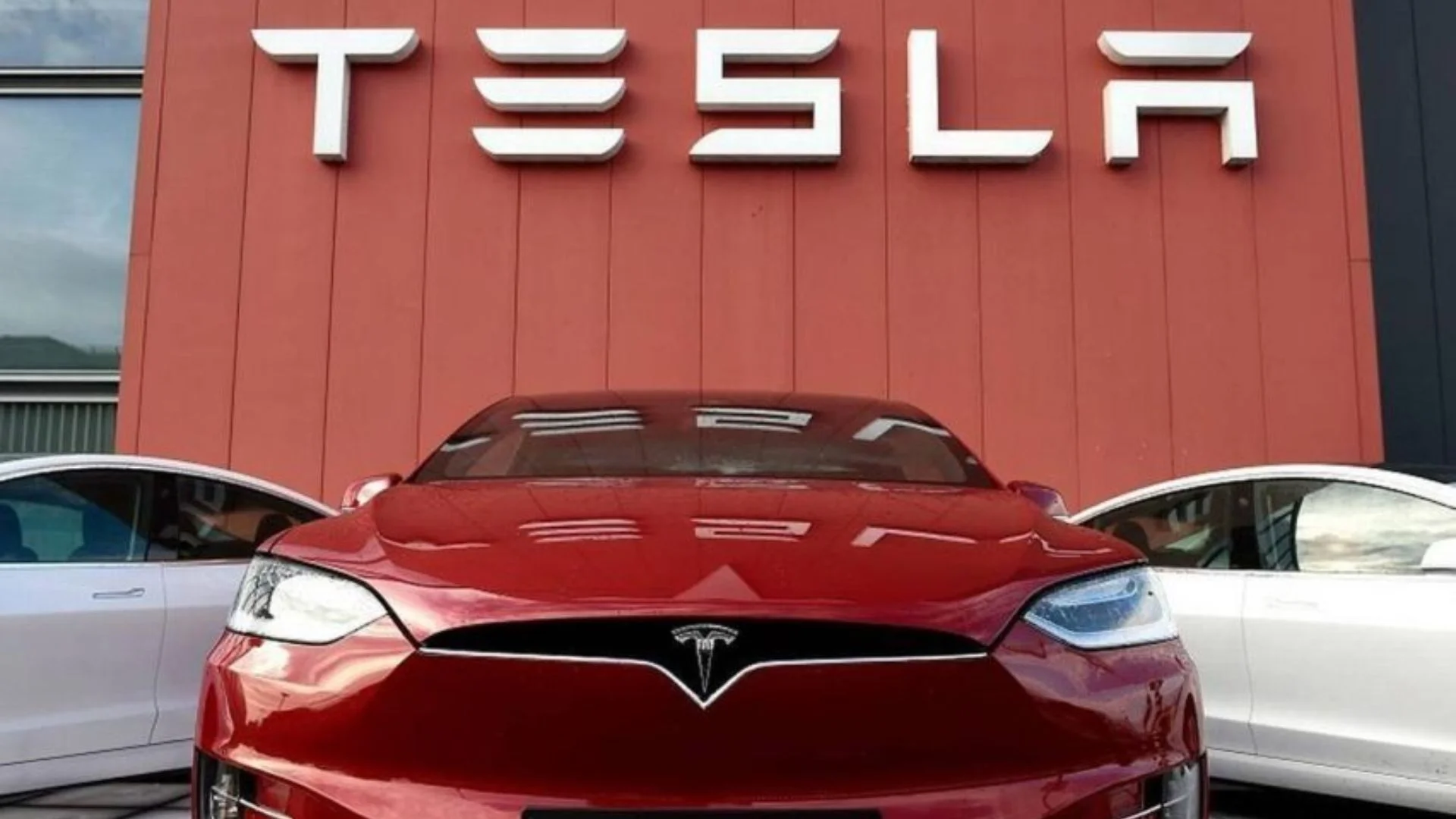In a groundbreaking advancement for space exploration, SpaceX has successfully caught its Super Heavy booster rocket mid-air during the fifth test flight of its Starship spacecraft. The achievement took place today at SpaceX’s Starbase facility in Boca Chica, Texas, marking a critical milestone towards the company’s goal of rapid rocket reusability.
Successful Test Flight and Booster Separation
The mission, titled Flight 5, launched at 5:54 PM IST from the Starbase launch pad. Approximately two and a half minutes into the flight, the Super Heavy booster detached from the Starship upper stage as planned. While the Starship continued its trajectory towards a controlled splashdown in the Indian Ocean, attention turned to the returning booster.
Mechazilla has caught the Super Heavy booster! pic.twitter.com/6R5YatSVJX
— SpaceX (@SpaceX) October 13, 2024
In a world-first attempt, the 232-foot-tall Super Heavy booster initiated a series of precision burns to align with the launch tower for a mid-air capture. SpaceX’s launch tower, nicknamed “Mechazilla,” activated its robotic arms, affectionately called “chopsticks,” to catch the descending booster. At T+6 minutes and 37 seconds, the arms successfully caught the Super Heavy booster, gently securing it as the engines powered down. The achievement was met with enthusiastic applause from SpaceX employees and viewers of the live stream.
This successful capture is the result of years of engineering, testing, and perfecting the timing and precision required for the booster to align with the tower’s chopstick arms. The catch represents a significant step towards SpaceX’s long-term goal of making rockets fully reusable, reducing the cost of space travel, and advancing interplanetary exploration.
While the booster catch was a highlight, the Starship upper stage also performed well, completing its flight path before splashing down in the Indian Ocean as planned. The dual success of both stages demonstrates the viability of SpaceX’s Starship program, which aims to revolutionize space transportation and open the doors to more sustainable and cost-effective space missions.
NASA’s Support and Future Lunar Missions
NASA, which is closely working with SpaceX, expressed optimism about the test flight’s success. The space agency has contracted SpaceX to develop a Starship variant for its Artemis program, aimed at returning humans to the Moon. This successful flight and catch bring NASA and SpaceX one step closer to achieving that goal.





















